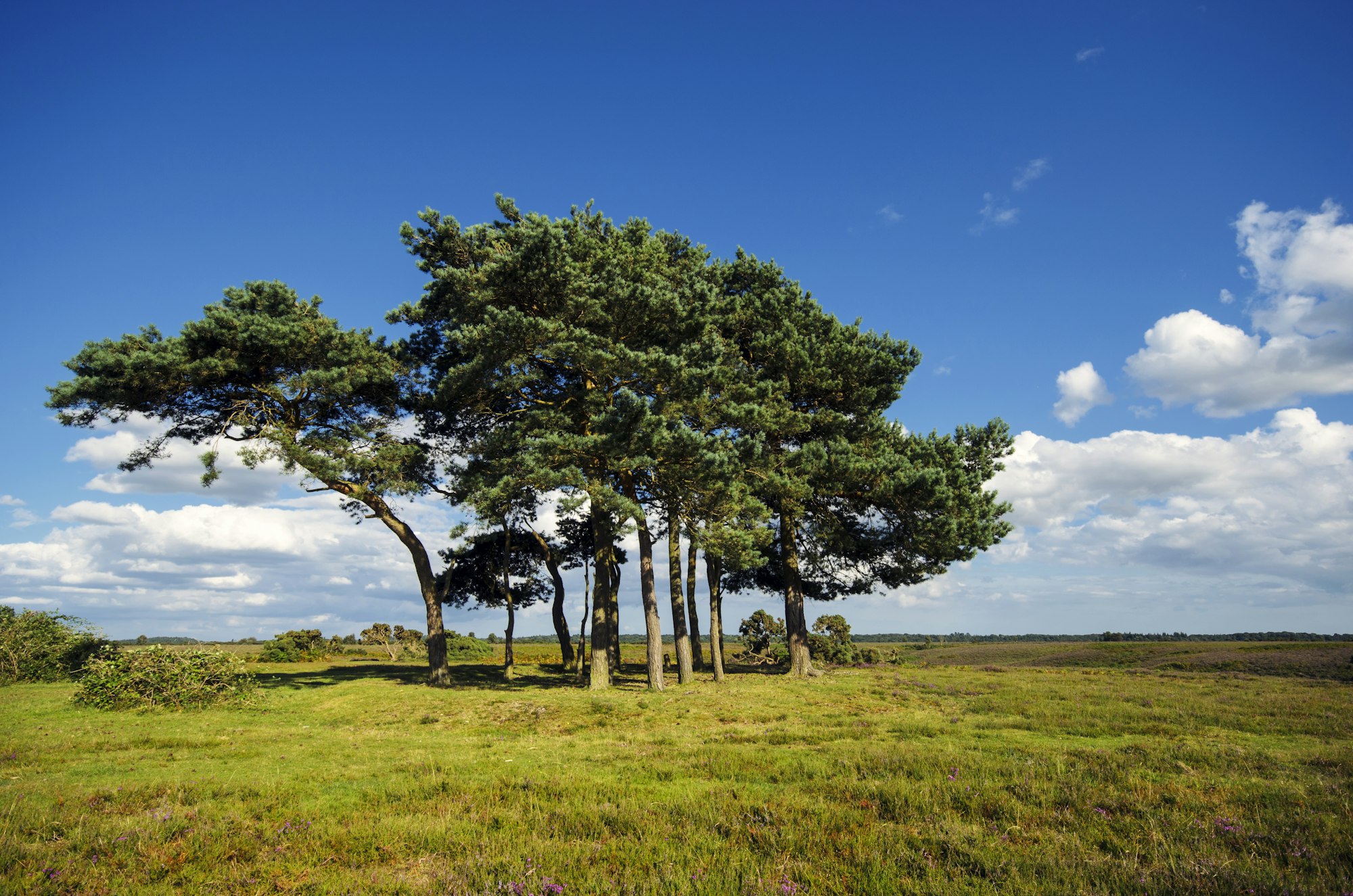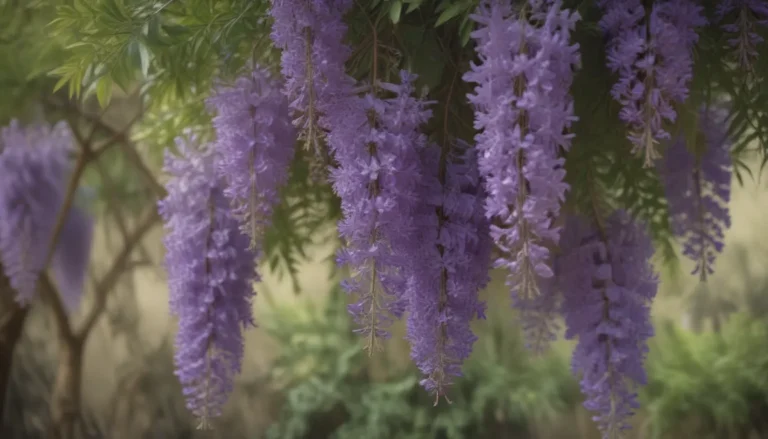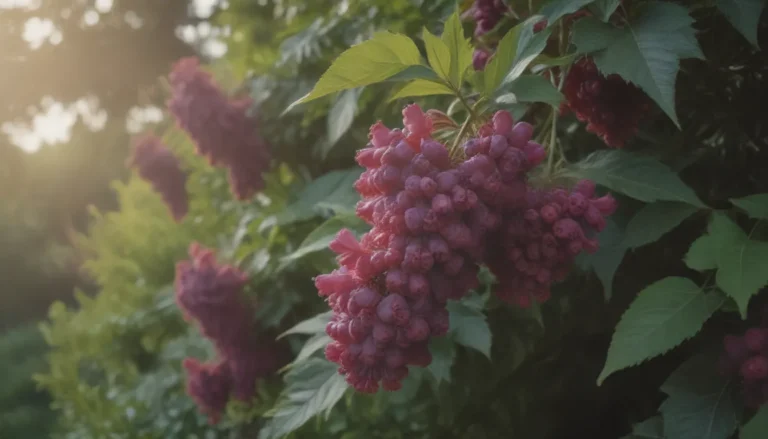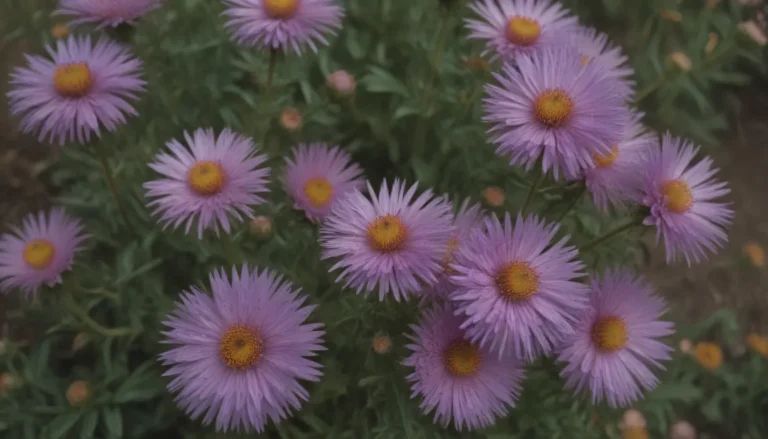The Ultimate Guide to Growing and Caring for a Scots Pine Tree

Are you considering adding a Scots pine tree to your landscape but aren’t sure where to start? Look no further! In this comprehensive guide, we will walk you through everything you need to know about growing and caring for a Scots pine tree. From planting to pruning to troubleshooting common issues, we’ve got you covered. So grab a cup of tea, sit back, and let’s dive into the wonderful world of Scots pine trees!
Getting to Know the Scots Pine Tree
The iconic Scots pine tree, often mistakenly called Scotch pine, is Scotland’s national tree and a beloved fixture in many landscapes. Known for its long needles, straight trunk, and ornamental cones, the Scots pine is not only a popular choice for Christmas trees but also a stunning addition to any garden or park. Here are some key characteristics of the Scots pine tree:
- Longevity: Scots pine trees can live up to 300 years, making them a long-lasting and valuable addition to any landscape.
- Appearance: The trunk of a Scots pine is long and straight, with scaly, flaking bark that transitions from dark to rusty. The needles are 1 to 4 inches long, bunched in pairs, and twisted together.
- Size: Scots pine trees can reach heights of 125 feet or more, with mature specimens typically topping out around 60 feet tall and 40 feet wide.
- Shape: When young, Scots pine trees have a pyramidal shape, which flattens out as they age.
- Growth Rate: Scots pine trees grow at a moderate rate of 1 to 2 feet per year, thriving in spring and autumn planting seasons.
Scots Pine Tree Care Tips
Taking care of a Scots pine tree requires a bit of know-how and attention, but with the right information, you can ensure your tree stays healthy and vibrant for years to come. Here are some essential care tips for your Scots pine tree:
Light
- Plant your Scots pine tree in a location that receives at least 6 hours of full sun daily.
- Ensure the tree has plenty of space to grow, as it can reach substantial heights and widths.
Soil
- Scots pine trees are tolerant of poor soil conditions and clay soils but require well-draining soil.
- Avoid overwatering, as Scots pine trees are susceptible to root rot in waterlogged soil.
Water
- Young Scots pine trees need about 1 inch of water per week, while mature trees only require watering during hot, dry periods.
- Monitor rainfall levels to determine when your tree needs additional watering.
Temperature and Humidity
- Scots pine trees are adaptable to various climates but prefer cooler temperatures and do not thrive in subtropical or tropical regions.
Fertilizer
- While not necessary, you can feed your Scots pine tree with a 15-5-10 slow-release fertilizer in the spring before it comes out of dormancy.
- Apply fertilizer around the outer perimeter of the tree’s canopy and water thoroughly afterward.
Mulching
- Mulch around the base of your Scots pine tree to a depth of 3 to 4 inches, replenishing the mulch every 1 to 2 years.
- Once established, Scots pine trees require minimal care beyond occasional watering and mulching.
Varieties of Scots Pine Trees
Scots pine trees come in various naturally occurring varieties, each suited to different USDA hardiness zones. Some common varieties include:
- Pinus sylvestris var. Mongolica: Suitable for USDA zones 2 to 9, this variety has a distinct appearance and growth pattern.
- Pinus sylvestris var. Tundrae: Thriving in colder climates, this variety is well-suited to northern regions.
Pruning and Propagating Scots Pine Trees
Pruning and propagating your Scots pine tree can help maintain its health and shape, ensuring it remains a beautiful focal point in your landscape. Here are some tips for pruning and propagating your Scots pine tree:
Pruning
- Prune your Scots pine tree to maintain its classic shape, removing dead branches and thinning out crowded areas.
- Pinch off new growth shoots in the spring to promote thicker growth and a fuller canopy.
Propagating
- Scots pine trees can be propagated from seeds or stem cuttings.
- To propagate from stem cuttings, take cuttings from new growth and root them in well-drained soil.
Troubleshooting Common Issues with Scots Pine Trees
While Scots pine trees are relatively low-maintenance, they can experience occasional problems that may require intervention. Here are some common issues and how to address them:
Yellowing Pine Needles
- Yellowing needles may be caused by overwatering, underwatering, insufficient light, or seasonal shedding.
- Evaluate the tree’s environment and adjust watering and light levels accordingly.
Tree Decline
- Check the tree’s bark for signs of life or decline. Dry, brown bark indicates a dying branch, while green bark signals life.
- Address water issues and prune away dead branches to revive a declining Scots pine tree.
Fungal Infections
- Swollen, soft bark, red needles, and oozing sap may be signs of fungal infections like rust or cankers.
- Remove infected branches, apply pine tar to cuts, and monitor for further signs of infection.
In Conclusion
Scots pine trees are a cherished addition to any landscape, offering beauty, longevity, and adaptability. By following the care tips and troubleshooting advice outlined in this guide, you can ensure your Scots pine tree thrives for years to come. Whether you’re planting a Scots pine for its ornamental value or as a windbreak on your property, these majestic trees are sure to bring joy and beauty to your outdoor space. Happy planting!
With this comprehensive guide in hand, you are well-equipped to grow and care for a Scots pine tree in your own backyard. From planting and maintenance to troubleshooting common issues, you now have all the information you need to ensure your Scots pine thrives for years to come. So go ahead, plant that Scots pine tree with confidence, and watch it grow into a beautiful focal point in your landscape!





